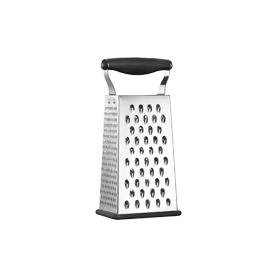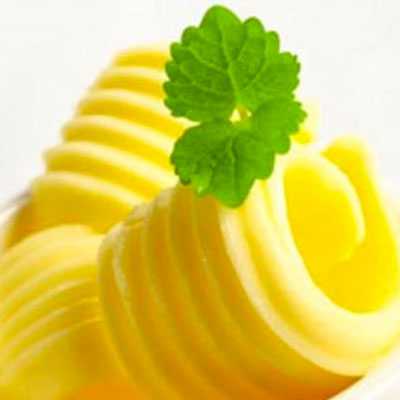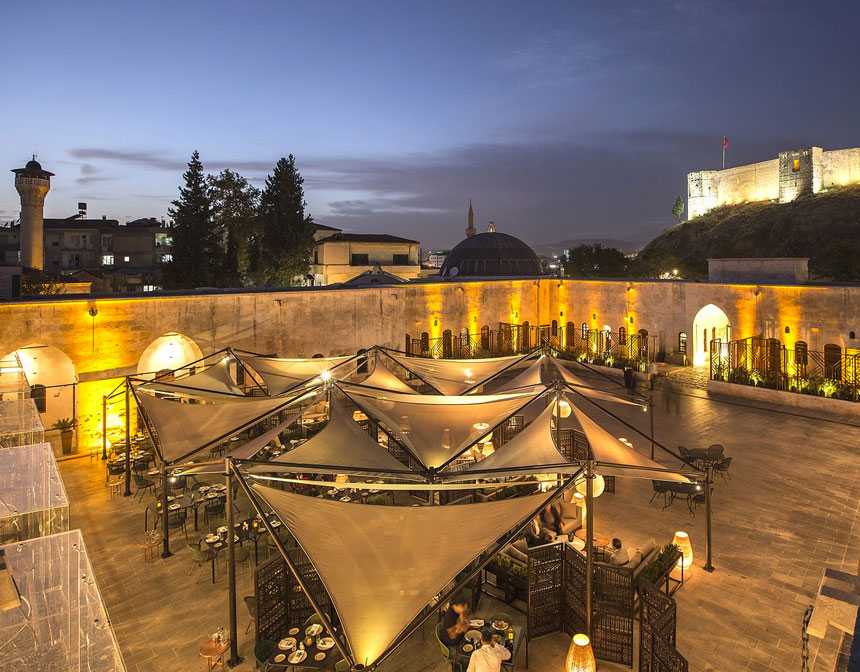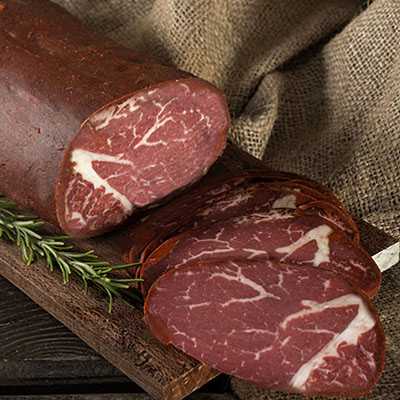Origins of The No-Bake Avocado Lime Cheesecake
No-Bake Avocado Lime Cheesecake blends the creamy texture of avocados with the tangy zest of lime, creating a dessert that's not only delicious but also visually striking with its natural green hue. The origin of using avocados in desserts can be traced back to various cultures that grow avocados, particularly in Central and South America where avocados are abundant and commonly incorporated into various dishes, including sweets. In these regions, avocados are valued not just for their nutritional benefits but also for their buttery texture, which lends itself well to creamy dessert recipes.
The concept of no-bake cheesecakes became popular in the United States during the mid-20th century, especially with the introduction of cream cheese as a staple dairy product. Combining avocados with the traditional elements of a no-bake cheesecake is a relatively modern twist that caters to the growing demand for healthier dessert alternatives. This recipe is a reflection of contemporary culinary trends that emphasize both health and convenience, showcasing how traditional recipes can be adapted to fit modern dietary preferences.
The rise in popularity of avocado-based desserts like this cheesecake is also a testament to the evolving palate of the global food community, which now embraces more diverse ingredients and flavors in classic recipes. The No-Bake Avocado Lime Cheesecake is perfect for those looking to experiment with unique ingredients without compromising on taste. It's a fantastic example of how traditional desserts can be reinvented to create new, exciting, and healthier options that appeal to a wide audience.
How To Choose a Pan for Cheesecake?
Choosing the right cake pan for your No-Bake Avocado Lime Cheesecake is crucial for both ease of preparation and presentation. Here are some tips to help you select the perfect pan:
Springform Pan: This is the most recommended type of pan for any no-bake cheesecake. A springform pan has sides that can be removed from the base, which makes unmolding the cheesecake easy without damaging its form. Look for a pan that's 9 inches in diameter, which is a standard size that works well with the quantities listed in most cheesecake recipes.
Depth: Ensure the pan is deep enough to hold all the layers of your cheesecake. A pan that is at least 3 inches deep is ideal, as it provides ample space for the crust and the filling without any risk of spilling over.
Material: Opt for a pan with a non-stick surface to help release the cheesecake more easily after it has set. If non-stick isn't available, you can line the bottom of the pan with parchment paper.
Alternative Pans: If you don’t have a springform pan, you can use a pie dish or a regular cake pan. For these types of pans, line them with plastic wrap or parchment paper with overhangs on the sides. This makes it easier to lift the cheesecake out of the pan once it’s set.
Individual Servings: For serving individual portions, consider using a muffin tin. Line each cup with a circle of parchment paper or cupcake liners, and you can serve mini versions of the cheesecake, which are great for parties.
Checking for Quality: Whatever type of pan you choose, make sure it feels sturdy and doesn’t warp easily under pressure. A good quality pan is an investment that will make your baking experiences better and more consistent.
Using the right pan will not only ensure your cheesecake comes out beautifully but also make the process smoother from preparation to serving.
For more, check out our ‘How To Choose Pan?’ article.







































